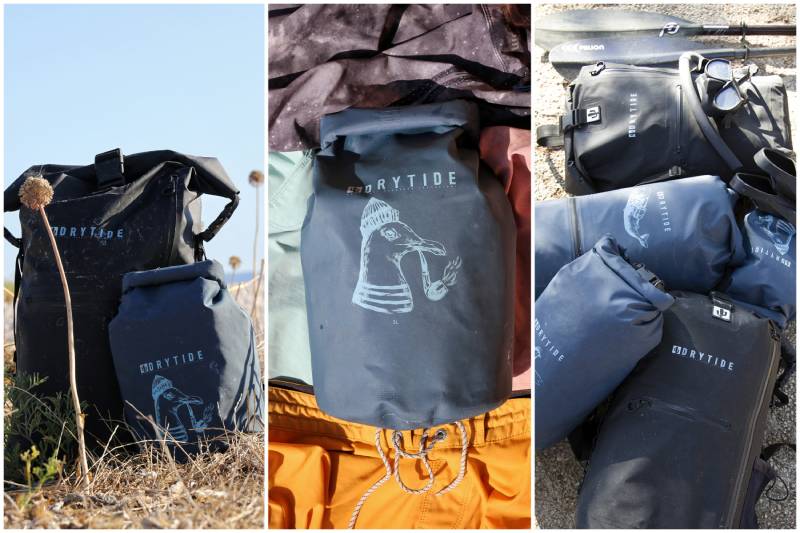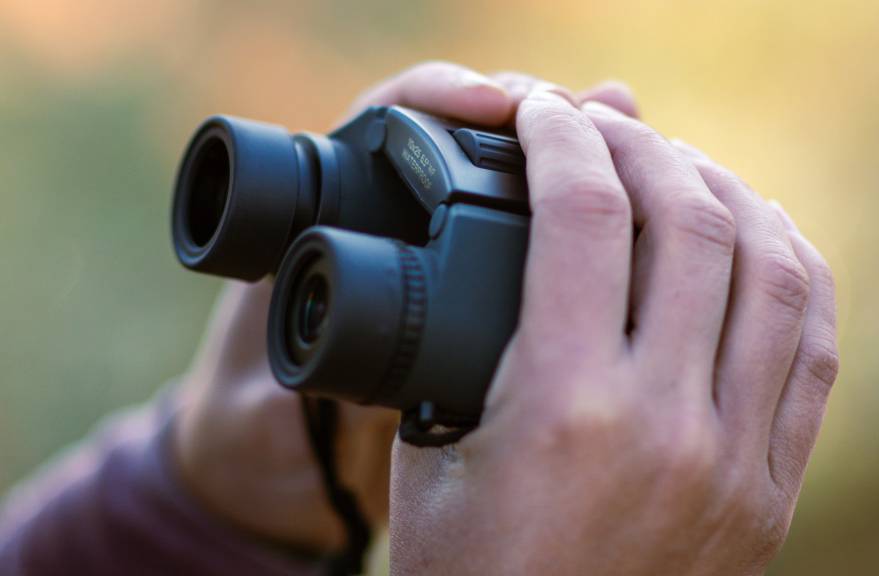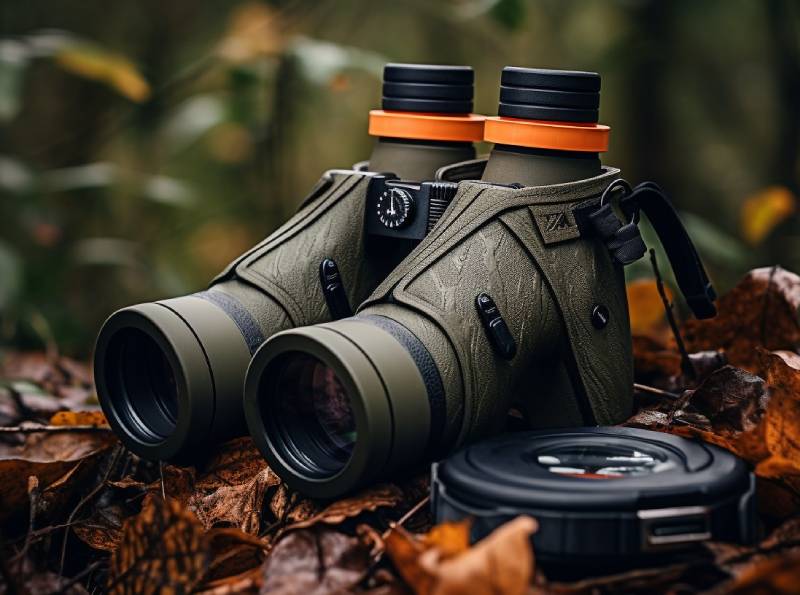The reasons why more and more travelers decide to buy a waterproof dry bag are various, for example:
- The freedom of movement as it can be carried on one or two shoulders with the straps included;
- Different sizes available according to the need;
- It is waterproof and isolate the content even in case of rain;
- Protection of the contents from mud, snow, water, sand and dust during outdoor sports or excursions;
- It can have different uses when camping such as a water bucket, a bag for wet clothes, etc.
HOW TO FOLD A DRY BAG?
To seal the contents, isolate it and make the backpack waterproof, you need to fold it in 3 steps:
1. Put your things inside and remove the excess air from the bag,
2. Fold the top down for 3 times (even 5 times for a greater the water-tight),
3. Buckle the clips and adjust the shoulder straps according to your body height.

THE FIRST USE
Once you have purchased the backpack, we recommend washing or sanitizing it with antibacterial wipes before storing clothing or other personal items. We suggest two methods to test the effectiveness of the waterproof material and make sure there are no tears:
1. Water inside the backpack. Fill the dry bag with water, fold the end on itself, close the buckle (as shown above) and check that there are no leaks.
2. Immerse the dry bag in the water. Insert dry clothes, close the backpack by folding it on itself (as shown above), immerse it in water for a few minutes and check that the clothes are still dry.
Alternatively, you can let the water run over the backpack and then check that the things inside are dry.
CARE AFTER EVERY USE
Small precautions are necessary after each use to prevent the PVC could damage and to ensure that the dry bag lasts longer. Given the nature of the material, any scratch or deep abrasion is difficult to repair so it is important to take care of your dry bag properly.
Always pay attention to the things stored inside: if there are sharp objects such as pens and corkscrews, be sure to wrap them around clothing to avoid puncturing the fabric. Fill the bag evenly so as not to create empty spaces and prevent rigid equipment from moving inside from one side to the other.
If completely sealed, the dry bag prevents water from entering inside. To be sure of the correct use and integrity of the material, regularly perform a waterproof test by filling it with water and checking that there are no leaks.
Incorrect use by the user could damage the content and the responsibility is not of the manufacturer.
Do not throw, drag or violently compress the dry bag. Even if PVC is resistant to abrasion, a minimal tear could affect the waterproofing of the backpack. Be careful not to get hooked on branches and thorns while walking in the mountains.
Excessive exposure to the sun could damage the dry bag and overheat your things inside. It would be a good idea to keep it in a cool and dry place.
HOW TO CLEAN A DRY BAG?
The dry bag can be washed with mild soap and water and dry in the air. Both the inside and the outside have to be completely dry.
Alternatively, you can use antibacterial wipes to sanitize the dry bag after each use. It will help you to keep it clean, to reduce odors and eliminate bacteria, especially after storing wet or dirty clothing.
Do not use solvents, detergents, alcohol and oil that damage the waterproof dry bag beyond repair.
In any case, always make sure that the backpack is completely dry both inside and outside before storing it: humidity could create layers of mold inside.
Find out Royal Eagle Road dry bags, we ship in Europe!
Posts you may like:







